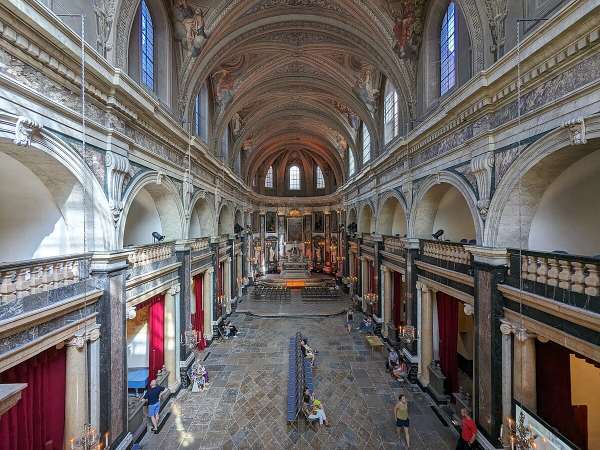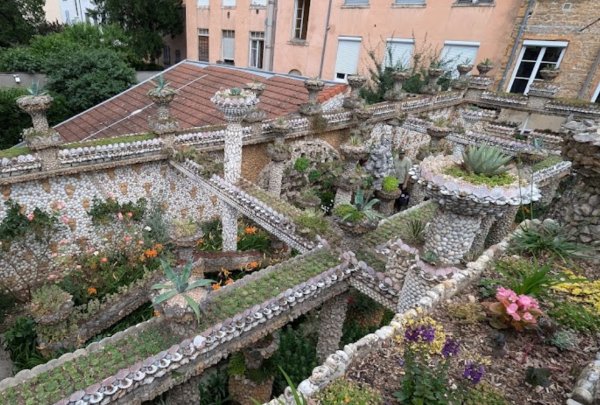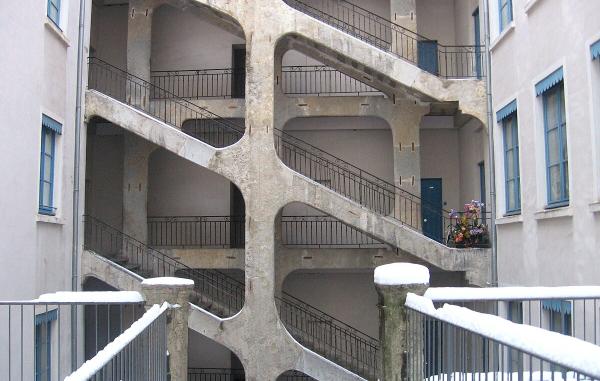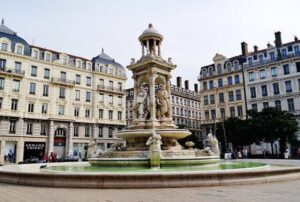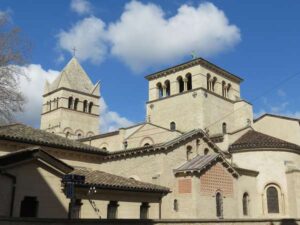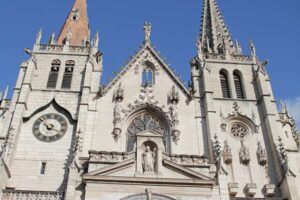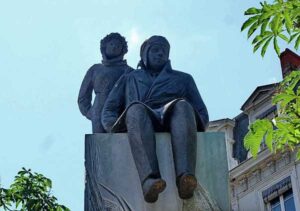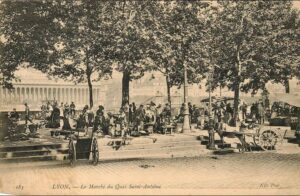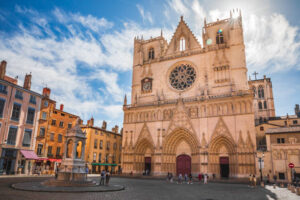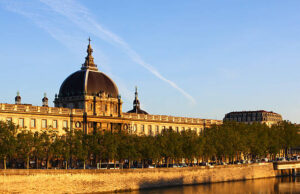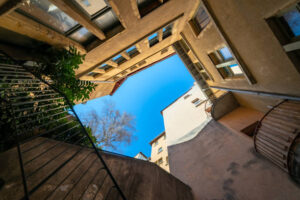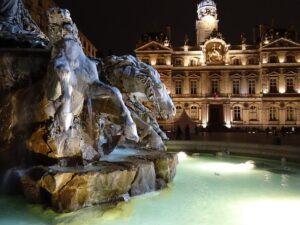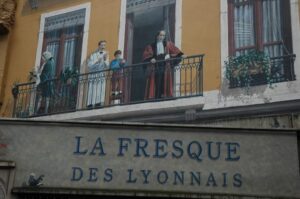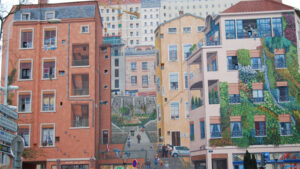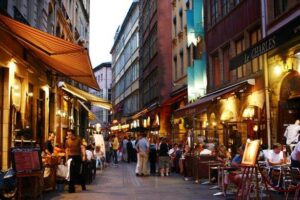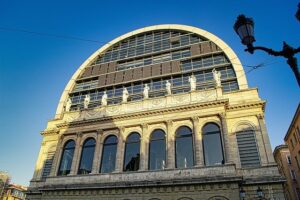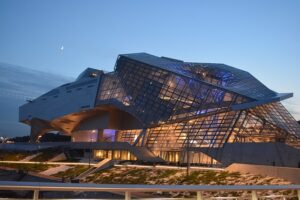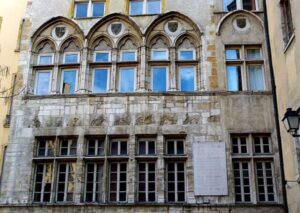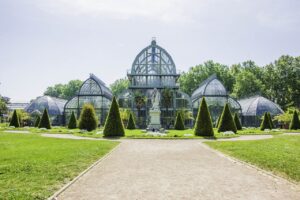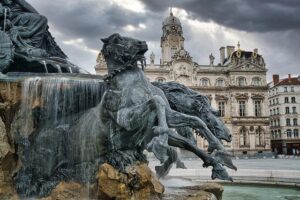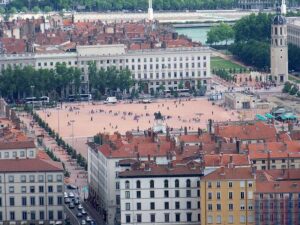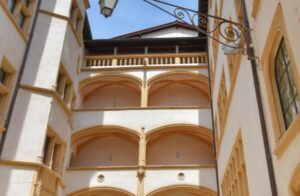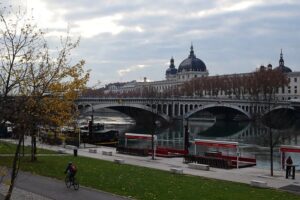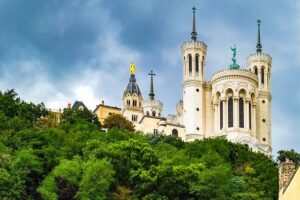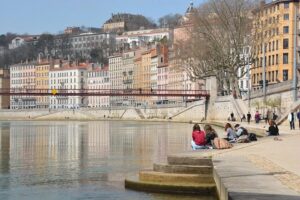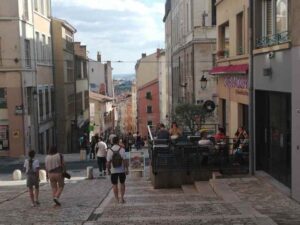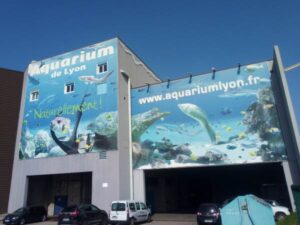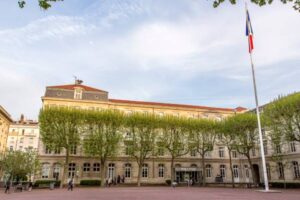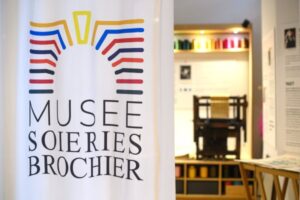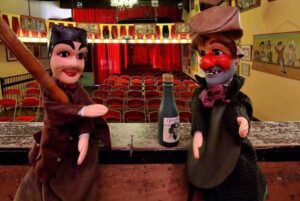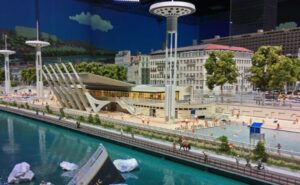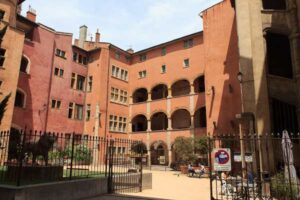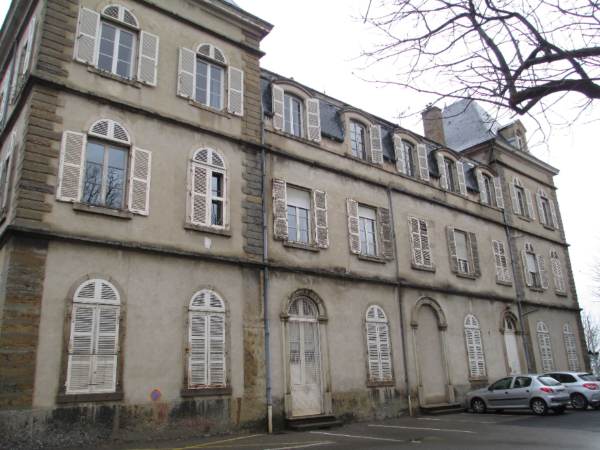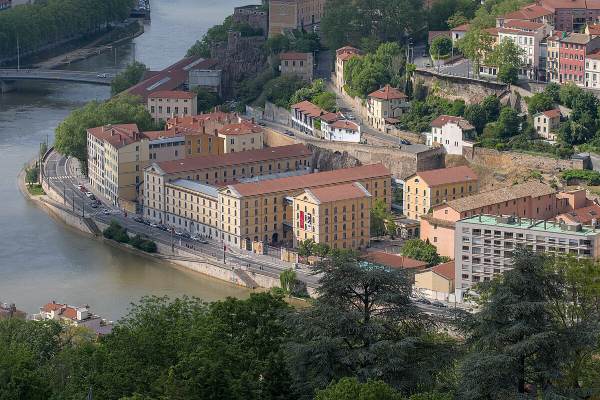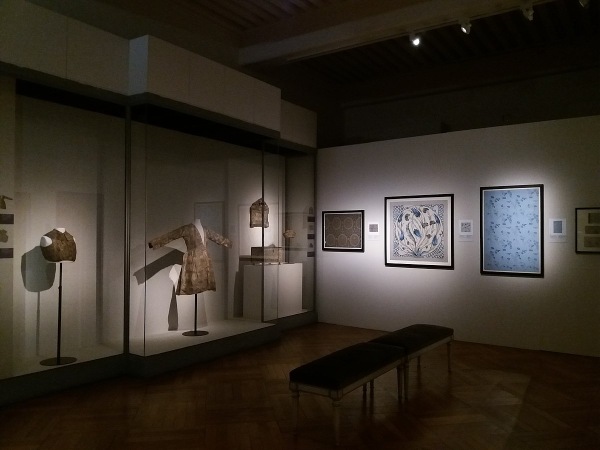The chapel of the Lycée Ampère in Lyon, formerly called the chapel of the Trinity, has gone through turbulent historical periods which have shaped its destiny.
A Remarkable Historical Heritage
The chapel of the Lycée Ampère is an architectural gem steeped in history. Originally built between 1617 and 1622 in the Baroque style by the Jesuit architect Étienne Martellange, it was consecrated as a church in 1622 by François de Sales. It represents the first Baroque-style ecclesiastical building in Lyon, thus marking the influence of the Counter-Reformation at that time.

A Place of Worship and Knowledge
Over the centuries, the chapel has played different roles. Used by the Jesuits for the students of the college, it also housed an astronomical observatory in the 18th century, testifying to its importance as an intellectual and cultural center of the region.
Witness to Major Historical Events
The chapel has witnessed major historical events, including the Consulte de Lyon in January 1802, during which Napoleon I presided over an assembly to transform the Cisalpine Republic into the Italian Republic.

Preservation and Renaissance
Despite periods of neglect and disaffection, the chapel was preserved and restored in the 1990s, thanks to the efforts of the Municipality of Lyon and the Rhône-Alpes region. Today, it is revived through cultural initiatives such as classical music concerts and conferences organized for the Quais festival, testifying to its resilience and its continuing importance in the cultural life of Lyon.

